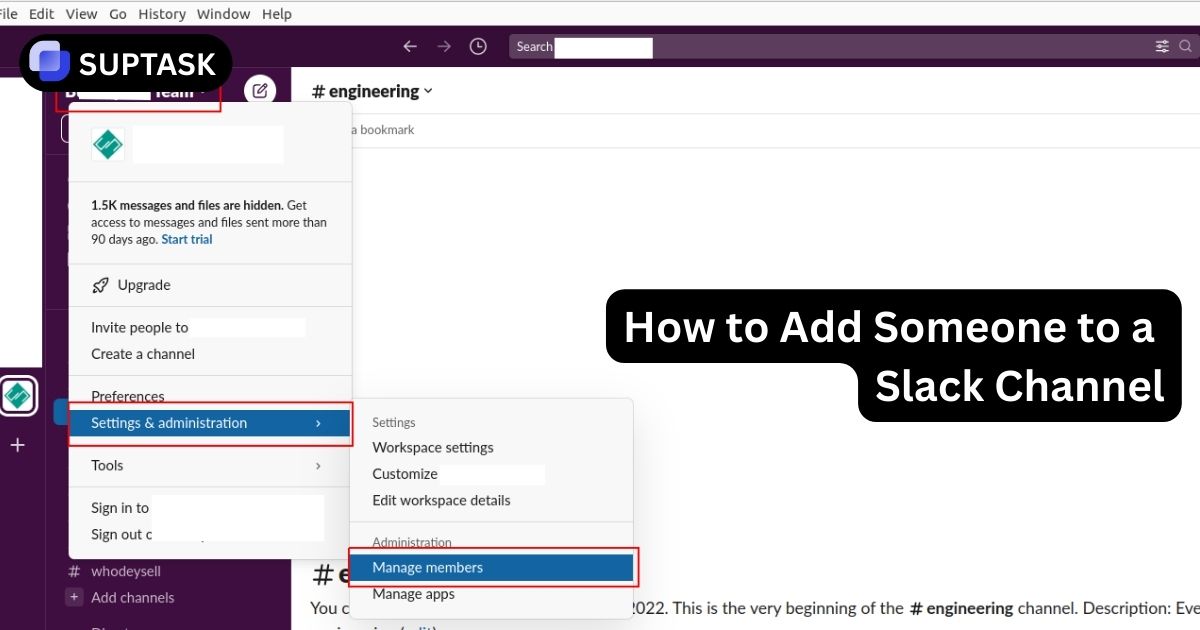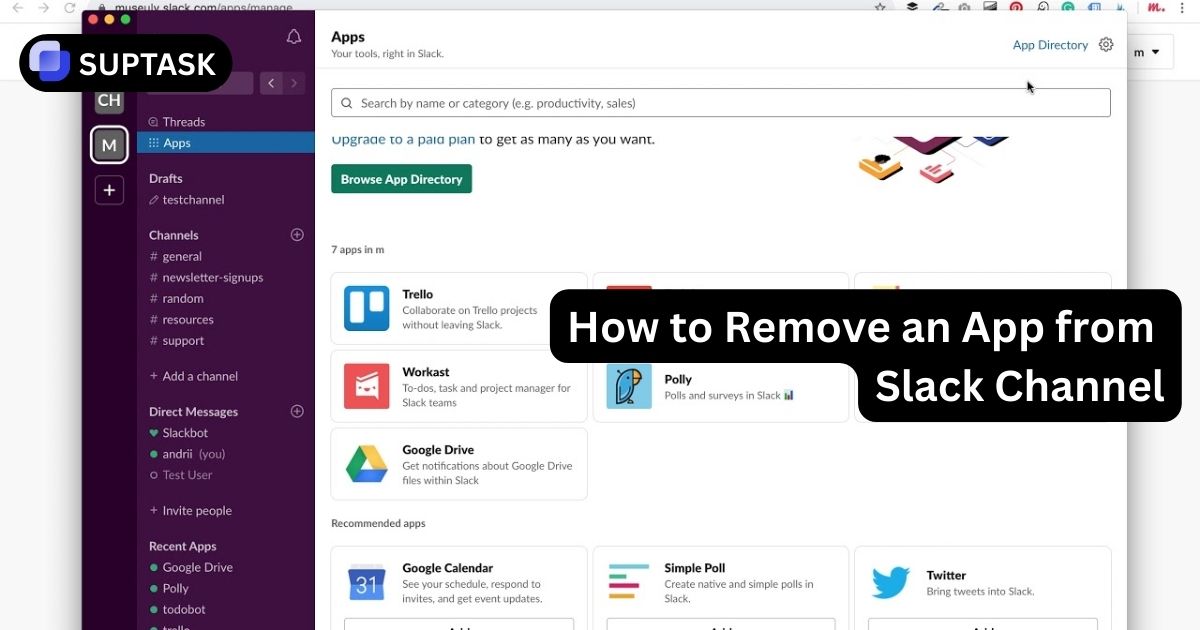Approval workflows facilitate the automation of document circulation for review and approval, thus streamlining your processes.
Key Takeaways
- Approval workflows automate the routing and review of documents, enhancing efficiency, crucial for business processes like HR recruitment and sales approvals.
- The approval workflow includes document submission, step-by-step review, and final approval or rejection, ensuring thorough and timely review.
- Effective approval workflows feature task submission, defined approvers, permission levels, deadlines, and notifications, ensuring a smooth, efficient, transparent process.
What are Approval Workflows?
.webp)
The essence of an approval process workflow lies in the following:
- Automating the direction of documents and items for review and approval
- Streamlining business processes to ensure consistency and efficiency
- Allocating tasks related to the review
- Monitoring progression
- Dispatching alerts and reminders as necessary
Its primary purpose is to enhance efficiency, aiding teams in finalizing transactions swiftly while maintaining alignment across all parties involved, thus propelling activities forward. Understanding how to be more productive is essential in this process.
Workflows for approvals that are efficient are necessary for many regular corporate activities. Applications for jobs and departmental permissions for new hires are handled by human resources.
They deal with clients' demands for pricing discounts in sales. These procedures are also used by staff members for departmental purchasing and leave scheduling. These procedures expedite the onboarding of new team members.
Because of their flexibility, approval workflows are important components of corporate strategies.
They enable customized processes for certain tasks, guaranteeing in-depth analysis and quick outcomes.
Reliable procedures improve the sales cycle, cut down on errors, and automate repetitive processes to increase transparency, control, and optimization.
The step-by-step approval process
.webp)
Typically, the entire approval process encompasses a tripartite procedure: initially submitting the required documents, followed by a detailed review phase-by-phase, culminating in either final approval or rejection.
This structured approach ensures that all documentation undergoes meticulous scrutiny and receives endorsement within an appropriate timeframe while engaging multiple responsible parties to uphold accountability and regulatory conformity.
Step 1: Document submission
Sales proposals, bids, invoices, contracts, and other documents are submitted for evaluation at the submission step of the approval process.
To avoid delays, it's critical to identify all parties involved. Prior to submission, the self-evaluation of papers guarantees their accuracy and completeness.
Establishing early on who will be involved in the approval process helps prevent delays and involves all required parties.
Giving feedback deadlines helps to keep the process on course. Centralizing reviewer input improves productivity and transparency, while good version control keeps things clear.
Sending submissions to reviewers as soon as possible guarantees careful inspection and responsibility, which results in a simplified and efficient approval procedure.
Step 2: Step-by-step review
Specific deadlines for each review stage must be established by the approval process in order to guarantee prompt feedback and prevent delays.
Reviewers have the ability to directly remark and annotate the paper, combining all feedback into one easily accessible place.
It becomes clear which documents are accepted for publication and which require additional development by keeping track of stakeholder sign-offs.
Sustaining a well-structured revision mechanism for documents helps avoid misunderstandings and guarantees that all parties refer to the most recent version.
Maintaining momentum and clarity requires designating accountable reviewers and establishing explicit deadlines for each step. This methodical approach guarantees thorough examination, resulting in ultimate clearance approval for any documents or books.
Step 3: Final approval (or rejection)
The ultimate acceptance or rejection procedure carefully assesses conformity to standards and legal compliance, taking into account financial and relevant laws to guarantee alignment with corporate policies.
There are three possible outcomes at this point: acceptance, rejection, or a request for more details.
System accountability and decision transparency are ensured by keeping track of approvals against rejections.
The steps that lead to final permission are initiated once all endorsements have been received. In contrast, the document is finally rejected if an evaluator determines after thorough consideration that it cannot be endorsed.
This maintains high standards and regulatory compliance by guaranteeing that only documents that have undergone thorough examination are approved for execution.
Features of an Effective Approval Workflow
.webp)
The following essential elements characterize a successful content approval workflow:
- Initiation of task submission
- Designation of authorized approvers
- Establishment of user permission levels
- Implementation of specific timelines and cut-off dates for tasks
- Systematic notifications and reminders
Collectively, these features facilitate a well-coordinated and systematic process that governs the flow from when tasks are first submitted to when they receive final approval or rejection.
Task Submission
The submission of pertinent papers, including contracts, invoices, purchase orders, quotations, and sales proposals, kicks off the approval process.
Moving through the approval workflow requires passing through this beginning stage.
Developing a form that gathers necessary data initiates a productive approval process. Usually, submissions go through an online platform that gathers all required information and indicates a successful transfer into the pipeline for review with a confirmation indicator.
It is essential that all parties involved in the project are well-informed about its specifics. By keeping complete synchronization at every stage of the process, this alignment ensures that everyone is aware of what is expected of them.
Defined Approvers
In an approval workflow, the designated approvers are crucial since their duty is to scrutinize tasks and decide whether to give them a green light.
By allocating particular team members for approvals, one minimizes potential mix-ups and hold-ups, facilitating the process's continuity.
The steps in an approval workflow are outlined in a task list detailing what each team member must do. It’s essential to pinpoint key stakeholders for various tasks to ensure streamlined communication and prevent errors related to workflow miscommunications.
Incorporating these relevant stakeholders from early stages can circumvent any roadblocks in the process.
Permission Levels
Establishing different permission levels in an approval workflow is crucial for safeguarding data security and regulating proper access.
These permissions define which individuals are authorized to approve, suggest amendments, or examine submissions to prevent unauthorized access to sensitive information.
Powered by a robust approval workflow engine, the software enhances security and transparency by enforcing control features that restrict level-based access to confidential data.
This guarantees the integrity of the workflow while ensuring only designated team members have decision-making authority.
Timelines and Deadlines
Timelines and due dates play a crucial role in the efficacy of approval workflows, as they help maintain smooth operations, prevent bottlenecks, and enhance team efficiency.
By establishing achievable deadlines for each round of review within the process, teams can avoid scrambling for last-minute approvals and stay on schedule.
To keep the approval process punctual and systematically advancing through its stages, it is vital to issue timely alerts about upcoming review deadlines.
Such notifications are reminders to involved parties ensuring adherence to set timelines for completion of necessary tasks throughout the approval sequence.
Notifications and Alerts
Ensuring the efficiency of a workflow involves delivering swift notifications to users. Through emails and push alerts, workflow systems communicate necessary actions to approvers, informing them about upcoming reviews and adherence to deadlines for an uninterrupted process.
To prevent delays in the approval cycle, automated prompts remind reviewers to deliver their feedback or approval timely.
These automatic updates inform team members about current statuses regarding approvals, rejections, and progression within the approval procedure.
Such transparent communication is critical in sustaining a seamless workflow while reducing potential delays.
Benefits of Automated Approval Workflows
.webp)
The implementation of automated approval workflows presents a range of advantages, with an improved automated workflow process yielding:
- Greater efficiency
- Standardization and adherence to regulations
- Minimization of delays in processes
- Improved teamwork dynamics
Such benefits render automated approval workflows indispensable for contemporary companies aiming to optimize their procedures and elevate their work output.
Enhanced Efficiency
Automated approval workflows accelerate the decision-making and implementation process, thereby boosting overall efficiency and productivity. Implementing user-friendly solutions such as Filestage can empower organizations to:
- Hasten file approvals by up to three times
- Enhance the efficacy and output of workflows
- Abolish the necessity for manual distribution and follow-up on approvals
- Considerably alleviate administrative tasks
This leads to a notable enhancement in workflow efficiency as well as productivity.
Automation tools and project management tools can more effectively orchestrate complicated workflows that necessitate several layers of approval processes.
By simplifying these often repetitive procedures, numerous benefits are realized operationally, freeing team members to dedicate time towards more strategic endeavors.
Augmented efficiencies within approval workflows are substantially attainable via automated means.
These instruments pare down time-intensive admin responsibilities while fostering improvements throughout business operations thanks to their ability to synchronize repetitive task workflows.
Consistency and Compliance
Ensuring adherence to internal protocols and regulatory requirements is crucial when introducing new workflows.
Automated approval processes offer a uniform procedure, directing approvers to specific regulations at every step.
This standardized approach guarantees that all approvals are aligned with organizational standards, diminishing the likelihood of mistakes and breaches in compliance.
As a repository, automated approval systems facilitate monitoring each phase and pinpointing potential delays.
Such clarity aids companies in preserving regularity throughout their procedures while verifying that every measure taken complies with internal policies and external legal mandates.
Reduced Bottlenecks
Ensuring that suitable approval workflow processes are established is essential for organizations striving to refine their workflow approval process and eliminate expensive delays.
Employing automation in approval workflows diminishes bottlenecks by concurrently sending requests out to various approvers, which leads to expedited decision-making.
Eliminating disruptions within the approval process via automation bolsters support for staff members at every juncture.
Such efficiency guarantees seamless progression of workflows and punctual completion of projects.
Better Collaboration
Workflow automation enhances collaboration by providing improved transparency into every workflow phase and delineating specific task responsibilities for team members.
It promotes accountability through precise expectation setting and monitoring each task’s contribution to the overall process.
The elimination of repetitive manual tasks through workflow automation enables teams to allocate more time to significant, collaborative endeavors.
Automated alerts and prompts guarantee prompt input from team members, ensuring an uninterrupted flow of work and bolstering teamwork efficiency.
Tools for Automating Approval Workflows
.webp)
Slack workflow automation tools for approvals, like Suptask, streamline procedures, boost productivity, and provide sophisticated capabilities to control and monitor approval processes.
Such instruments are crucial for companies aiming to establish efficient approval workflows and improve their business activities.
Suptask
Suptask delivers these capabilities:
- Streamline the management of your workflow with easily created Slack forms
- Efficiently direct inquiries to relevant team members
- Boost efficiency in follow-ups and expedite decision-making processes
- Handle tasks and communicate in real-time with tickets directly within Slack
- Enhance both responsiveness and productivity
Suptask offers:
- A user-friendly dashboard along with editing tools designed to facilitate the approval process
- Flawless integration with various applications to promote inter-team cooperation
- Sophisticated automation methods aimed at reducing mistakes and optimizing procedures
Incorporating these functionalities, Suptask becomes an essential resource for any organization seeking improved operational efficiency.
FAQ
What is an approval workflow?
A workflow for approval systematically directs documents through an automated review and approval process, ensuring consistency and efficiency.
What are the main steps in an approval process?
Submitting documents, conducting a systematic review, and ultimately reaching final approval or rejection are the main approval process steps.
What are the benefits of automated approval workflows?
Automated approval workflows enhance efficiency, ensure consistent compliance, minimize delays, and foster better teamwork, streamlining and improving procedures.
What are the different types of approval workflows?
Sequential workflows operate in order, parallel workflows allow simultaneous approvals, and consensus workflows require unanimous approval from all parties.
How does Suptask help in managing approval workflows?
Suptask manages approval workflows by enabling swift request routing, offering instant chat and task management, and integrating with other tools.













